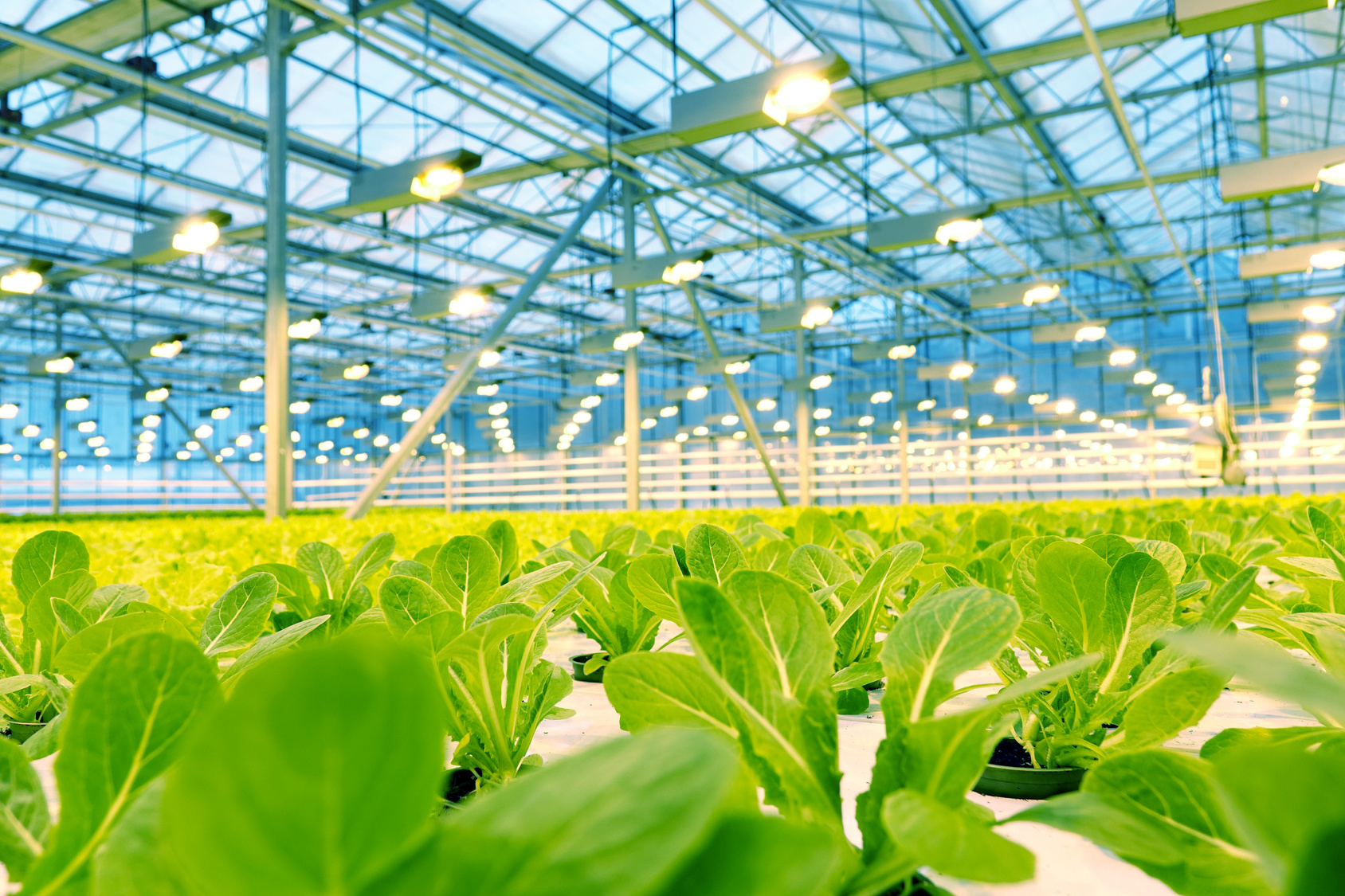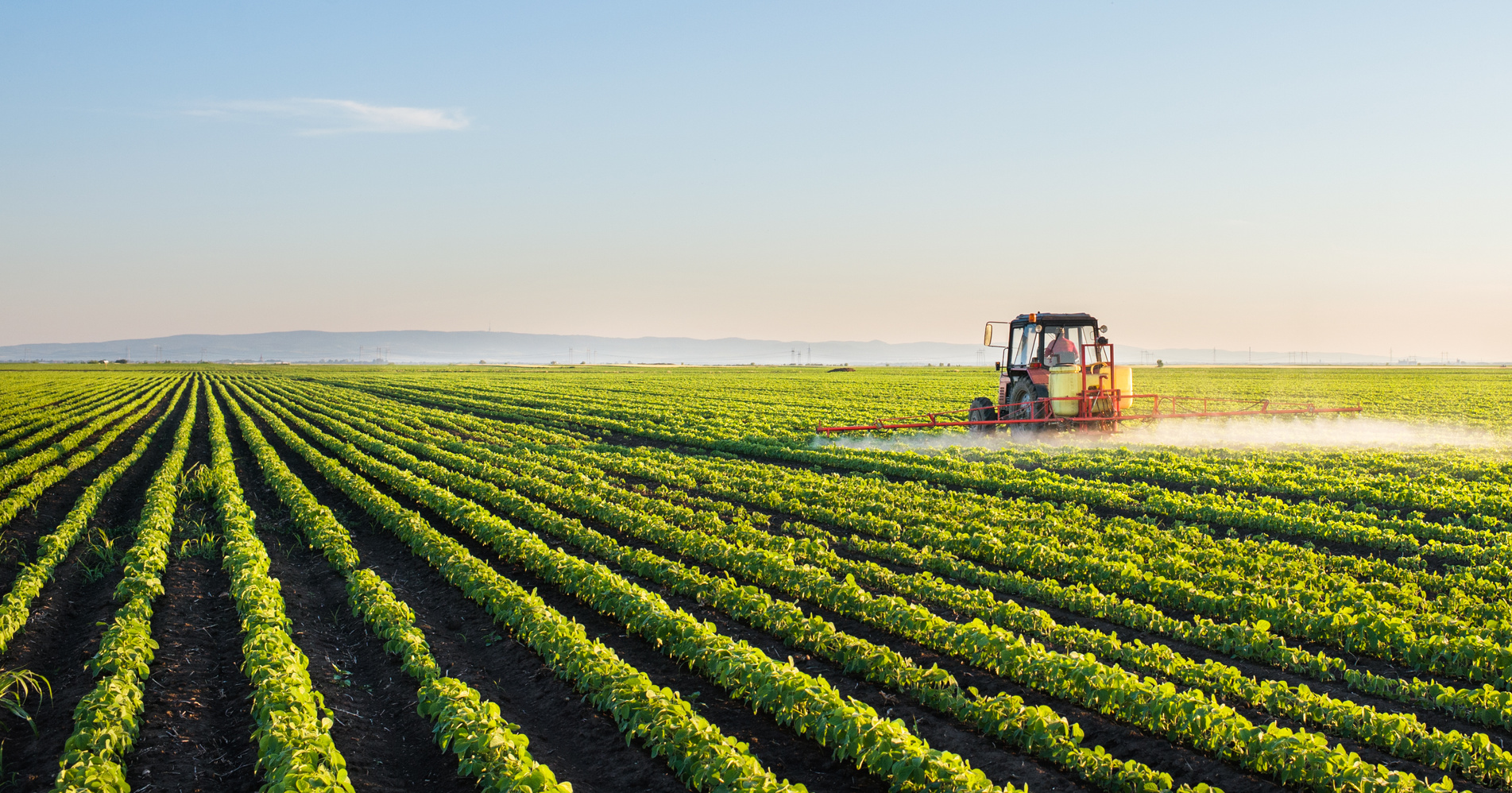Subscribe: Apple Podcasts | Google Podcasts | RSS
iSelect hosts a Deep Dive webinar on a novel innovation topic on the first and third Wednesdays of each month at 9 a.m. central. Our most recent session focused on digital product development for food and beverage companies and how, among the world’s largest food companies, more than half of revenue is generated by products that have been introduced in the last five years. Many food producers are now using digital technology to stay ahead of this curve and bring innovative new products to market faster than ever before. We spoke with iSelect venture associate, David Yocom, about what this all means for the foods we eat and the companies that make it all.
Tim Sprinkle: So, we’ve got David Yocom here from iSelect Fund talking about digital product development for agriculture companies. David, let’s talk about what digital product development really means.
David Yocom: So, one of the things that we come across a lot when we’re thinking about food tech investors, as opposed to in-field ag investments, is for things like ingredients how they get incorporated into how food companies bring new products online.
That’s something that we talk a lot about but maybe hadn’t done a full sort of deep dive into. We have expertise on the team who understand that really well. But for me in particular, it was a good learning experience.
So, what we were focused on this last week was trying to figure out ways in which companies, like new startups, are finding ways to incorporate data or to digitize portions of food product development.
The idea of going from an ideation of “I want to create a new type of snack or a new type of Cheeto or a potato chip that has these various types of factors” all the way to a successful product and market. Largely because there’s an incredibly high failure rate for certain types of food products, as high as 90%. So, trying to find ways to either shorten that development cycle, increase the longevity of products or reduce the cost of development was the focus of the conversation.
TS: And how does a food product fail in the marketplace? Does that just mean people don’t like it or don’t want to buy it?
DY: So, when you’re going to create a new food product, there’s a lot of different considerations you have to take into account. Not only what you think consumers are looking for, but what consumers are looking for that’s sustainable.
You have to think about trends versus fads, just to think about whether or not you have the technological or food processing capabilities to actually produce a food product that you’ve thought up. Is it going to require you to bring in a new ingredient? Is it going to require you to bring in different formulations than you have to use in the past? Is it going to be too expensive?
There are many ways that food products could fail in the product development cycle.
They can also fail in the market. One thing I read through said that the baseline for a new food product from a major food company in the first year would be about $50 million in revenue. So, companies that don’t hit that threshold are numerous.
Today there are more and more small brands in the market. They’re helping consumers find opportunities to clean label high protein, animal-free foods and those that are free of byproducts. And the degree to which those new products are being turned out by smaller companies, it’s a lot faster than how the big food companies are responding.
So, one of the big challenges is how those large food companies cope with that rate of change.
TS: Do you have any examples of what smaller, more innovative startups are doing in this area and what they’re bringing to the market that big guys can’t do yet?
DY: Typically, the main places that we’re seeing it is in vegan, vegetarian, high-protein, gluten-free, clean label, etc. So, it’s ingredients that everybody can identify that are either all-natural ingredients or all well-known ingredients. So those types of things are aligned with nutritional aspects.
They’re able to try to take these products to market with a lower risk as opposed to when a major food brand puts out a product. In those cases, it’s a massive undertaking. The expectations of success are much higher, because the scale has to be much higher when the cost is much lower.
So, you can come into the market with a premium product that will target a specific audience and you don’t face maybe as many of the scalability issues that you might if you’re trying to service a large portion of the market. Plus, you don’t have to face some of the same cost issues because there are consumers are willing to pay a higher price.
TS: Interesting. That’s helpful. Thanks David. I appreciate the rundown. We’ll talk to you next time.
DY: Thanks Tim, anytime.






